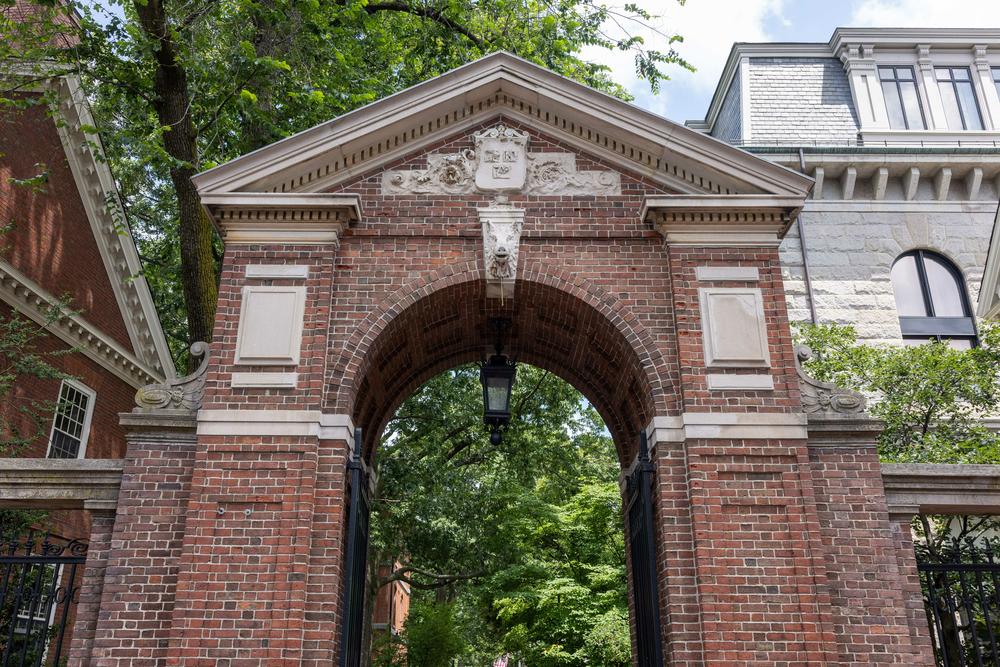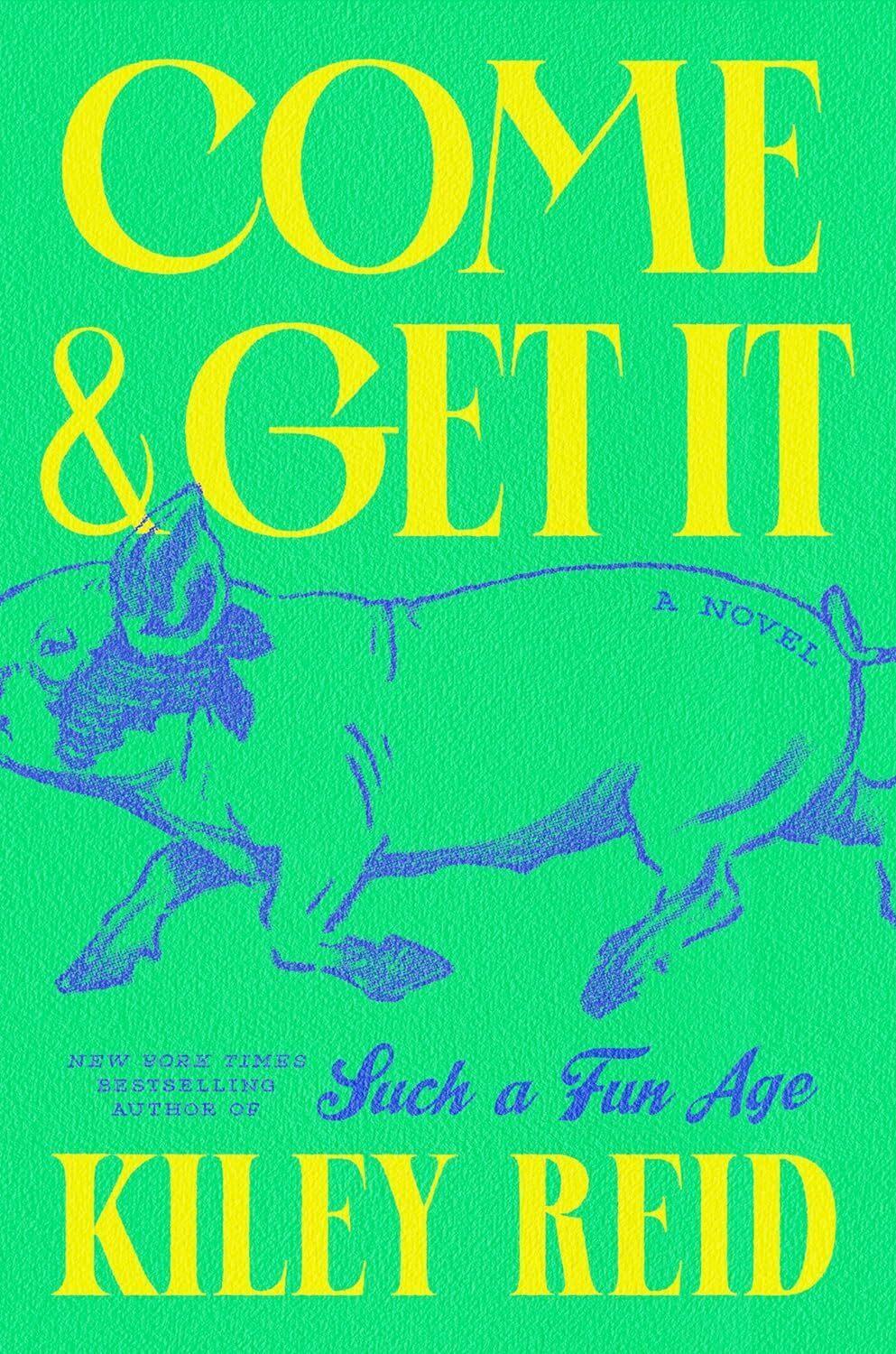Section Branding
Header Content
'Come and Get It': This fictional account of college has plenty of truth baked in
Primary Content
"There are few things in which the media and the sorts of people who spend a lot of time focused on the media show more attention than the machinations of Ivy League universities."
That's Philip Bump of The Washington Post, writing in December 2023 about why he decided to try to come up with a rough estimate of how the Ivy League fits into the higher education picture in the United States. His conclusion: Roughly — roughly — "0.21 percent of the U.S. population has an Ivy League degree." And yet, if you were to read higher education coverage in larger outlets like The New York Times, you might think not only that a lot of people had Ivy League degrees, but that of the people with college degrees, a lot of them come from the Ivy League. In fact, the Ivy League educates a tiny, tiny fraction of college students, who are themselves only a segment of the population.
You might also think, from reading only headlines of stories about college life, that it is mostly about affirmative action, "free speech" debates, protest, interprofessorial intrigue, and football. These things are all important — or, in a couple of cases, they can be important, depending on context. (Some incidents involving intrigue are more significant than others. Likewise football.) But they are not the whole of college life.
To say "there is more to college" is not to substitute sunny anecdotal tributes to frolf and a cappella singing and drinking until you throw up extravagantly on the lawn of a shared off-campus house. It is not to say there is more and it is better; it is simply to say there is more.
Kiley Reid made a huge splash with her 2019 novel Such a Fun Age, about a young Black woman who becomes a babysitter for a wealthy white family and ends up tangled in a complex tale involving them and her (also white) boyfriend. The book was a bestseller, and it was longlisted for the Booker Prize — a good example of critical and commercial success going hand in hand.
Reid's new book, which arrives to great anticipation on January 30, is Come and Get It, and it's a campus novel. (No spoilers of any significance, I promise.) It's about Millie, a young Black woman working as an RA at the University of Arkansas, who meets and becomes fond of a visiting white professor named Agatha, who's come to the university to interview students for a book about weddings. Millie arranges the initial interviews for Agatha, and the story unfolds from there: Millie's story, Agatha's story, and the messy lives of three young women who share a corner suite in Millie's dorm.
In this story, you find some of the non-headline-making elements of college. At first, in fact, it seems like a fly-on-the-wall slice of life. Reid nails the anxiety about the future (and the present) for some students and the unperturbed overconfidence for others, depending largely on who has needed to develop defenses and who has not. That, of course, means taking into account the contexts of race and class and sexuality, as well as social skills and trauma history. She nails the heightened interpersonal conflicts that grow in cramped shared rooms like mildew on the walls. She burrows deeply into one young woman's pain and the lessons she learns about what it means to have other people invited into that pain to be spectators.
And, of course, this all does not take place at an Ivy League school. It takes place at the University of Arkansas, which had more than 27,000 undergraduates in the fall of 2023. (Princeton says they have 5,590. Of course, Ohio State has something like 50,000.)
It seems for a while like nothing much is happening other than a forensic examination of these characters, but by the end, the small unkindnesses and transactional relationships and power differentials have brought the story to a pinpoint focus on the transformative power of this very crucial time in the lives of young people, and the responsibility others have to treat them with care.
It is not an upbeat view of higher education, but despite the fact that the story is fictional, the way it looks at more mundane parts of day-to-day life at the kind of school so many people actually attend but rarely read about makes it feel true — true in a way a thousand reported stories about inviting and uninviting campus speakers to the same tiny handful of places strangely can't.
This piece also appeared in NPR's Pop Culture Happy Hour newsletter. Sign up for the newsletter so you don't miss the next one, plus get weekly recommendations about what's making us happy.
Listen to Pop Culture Happy Hour on Apple Podcasts and Spotify.
Copyright 2024 NPR. To see more, visit https://www.npr.org.


